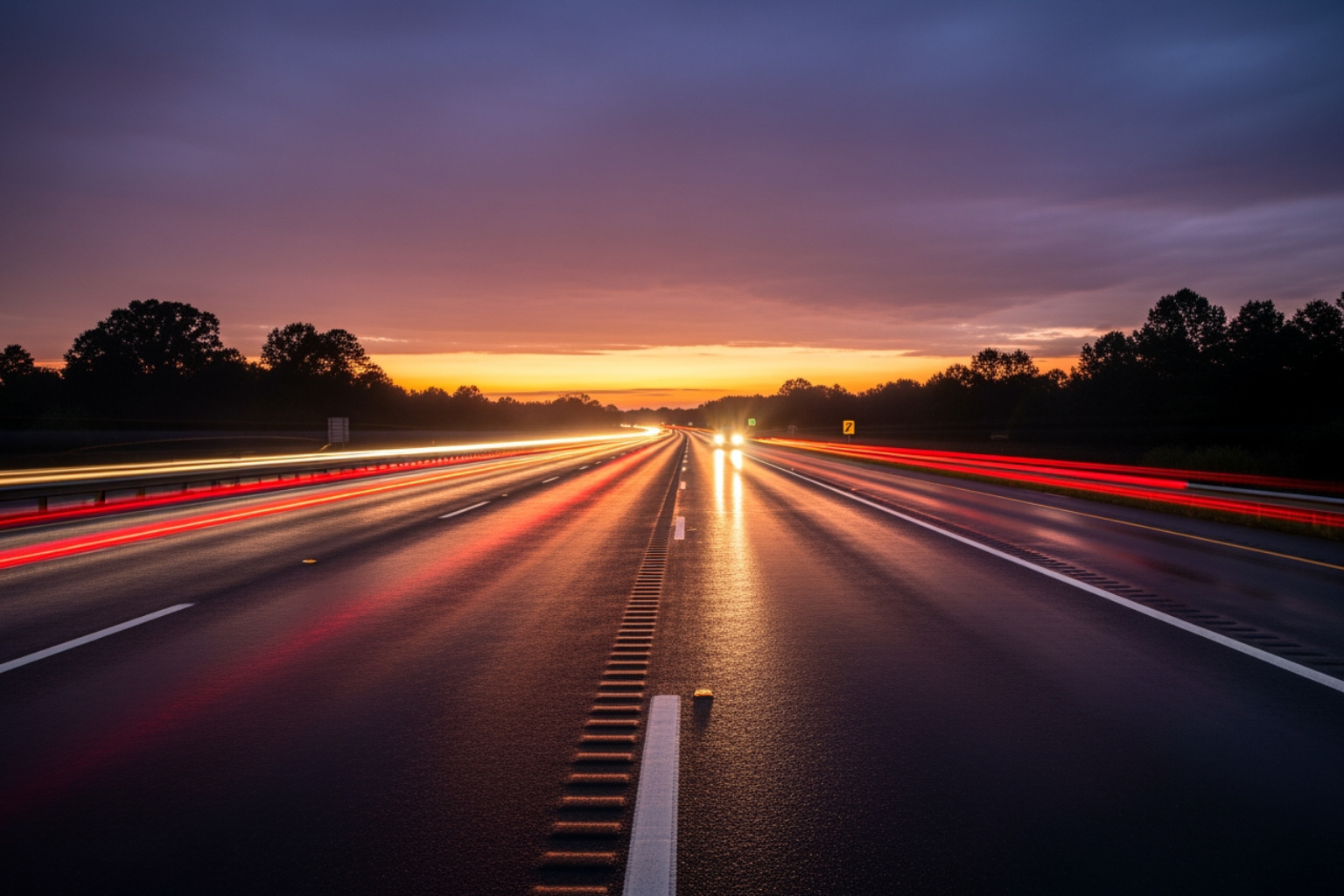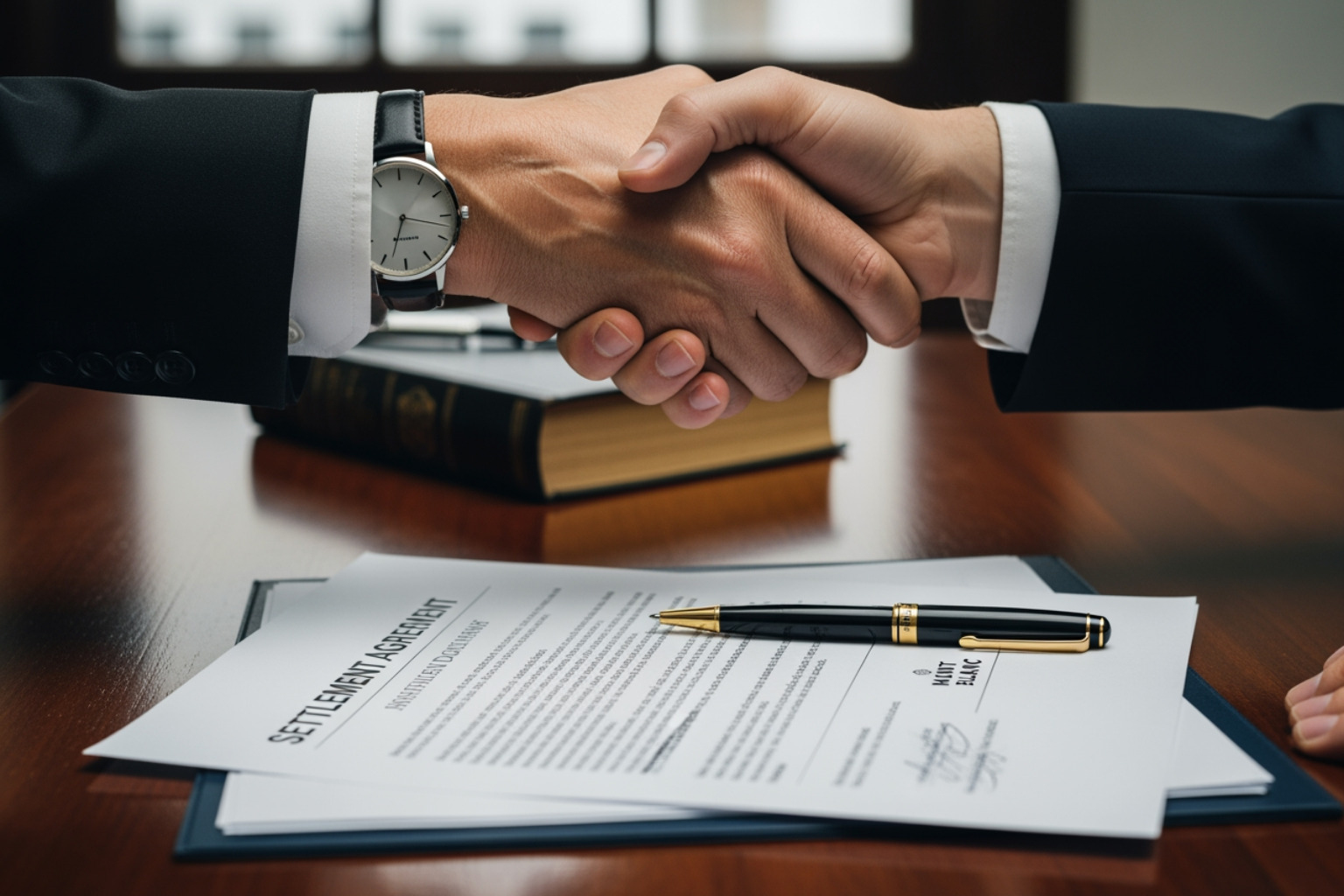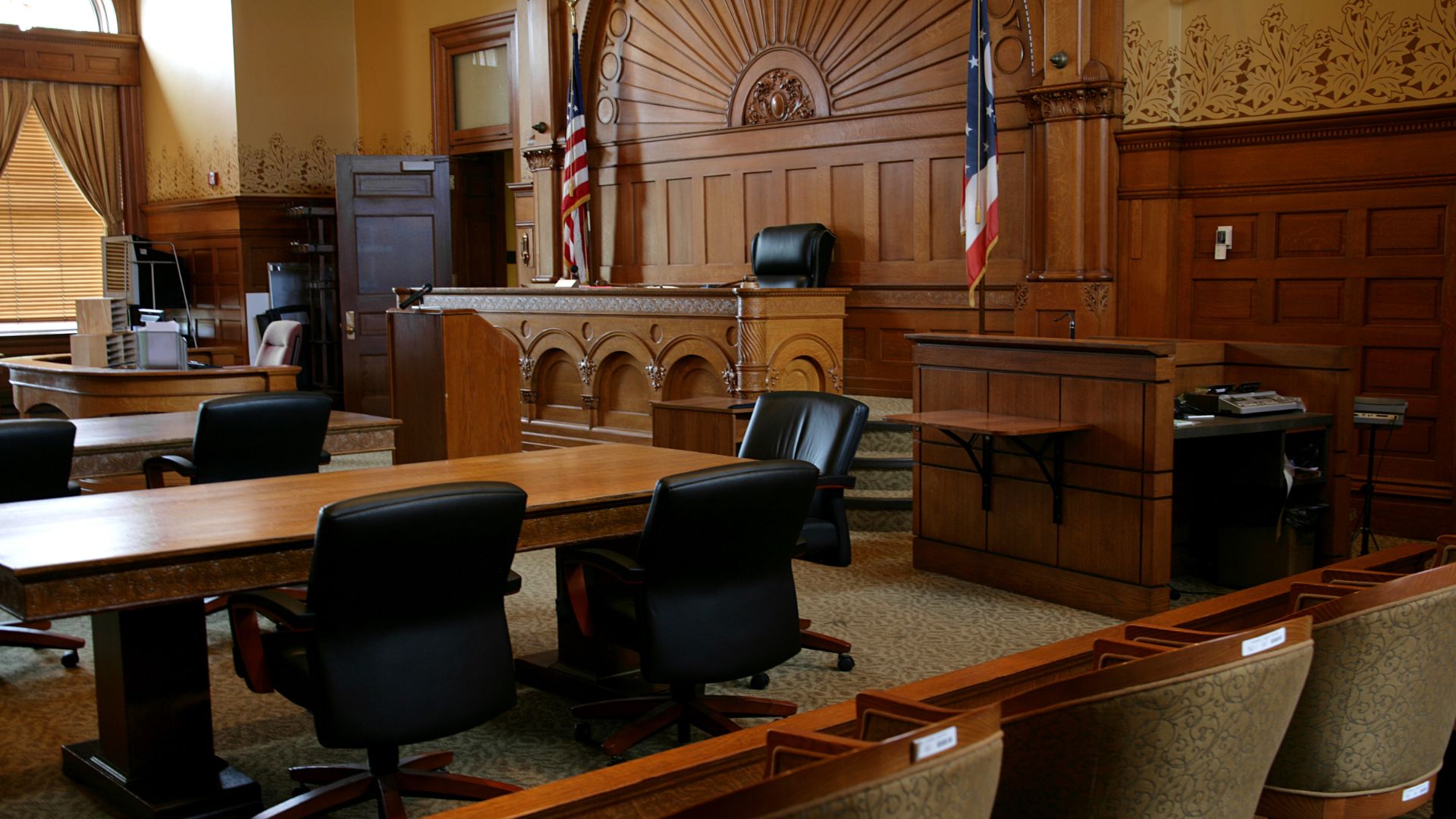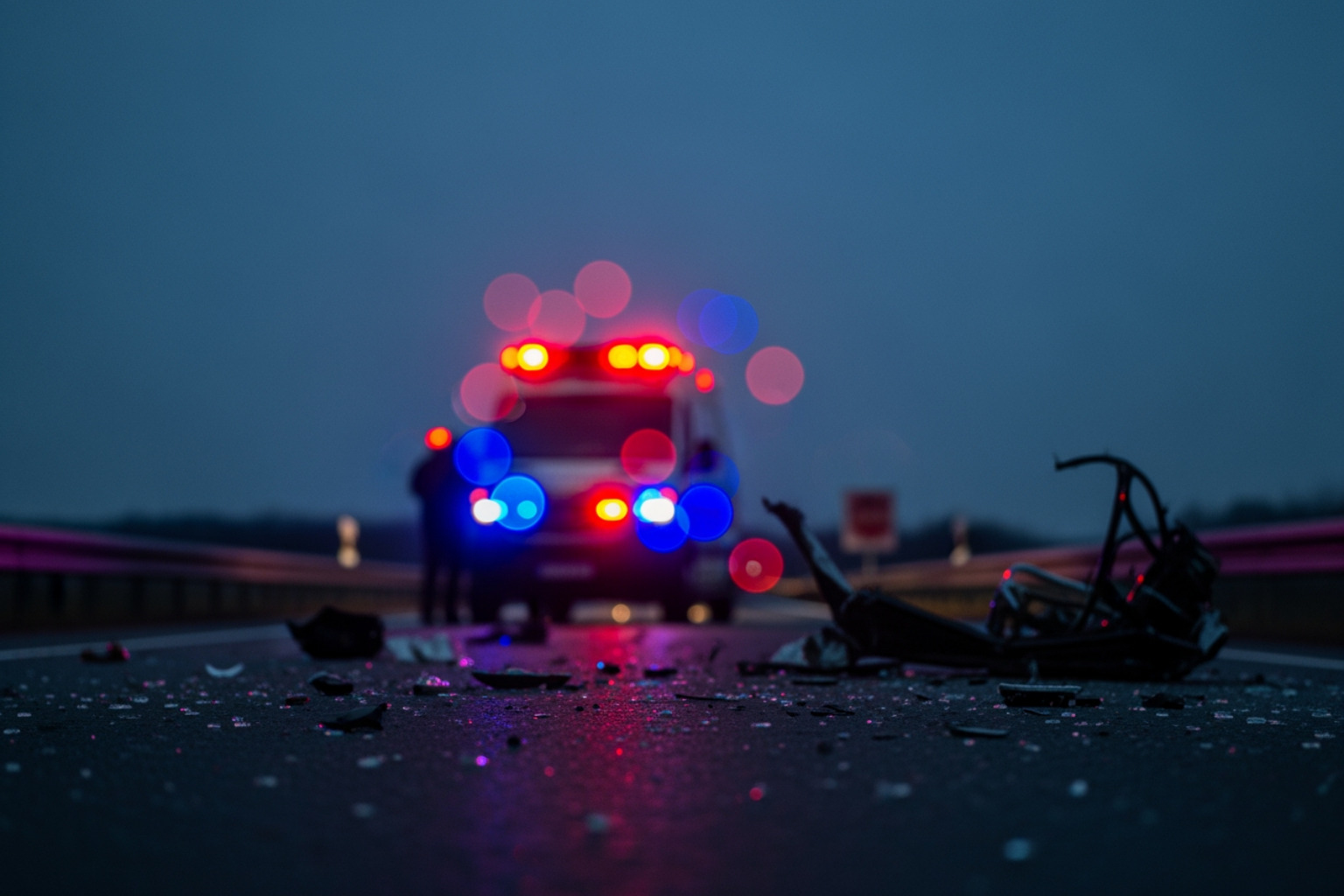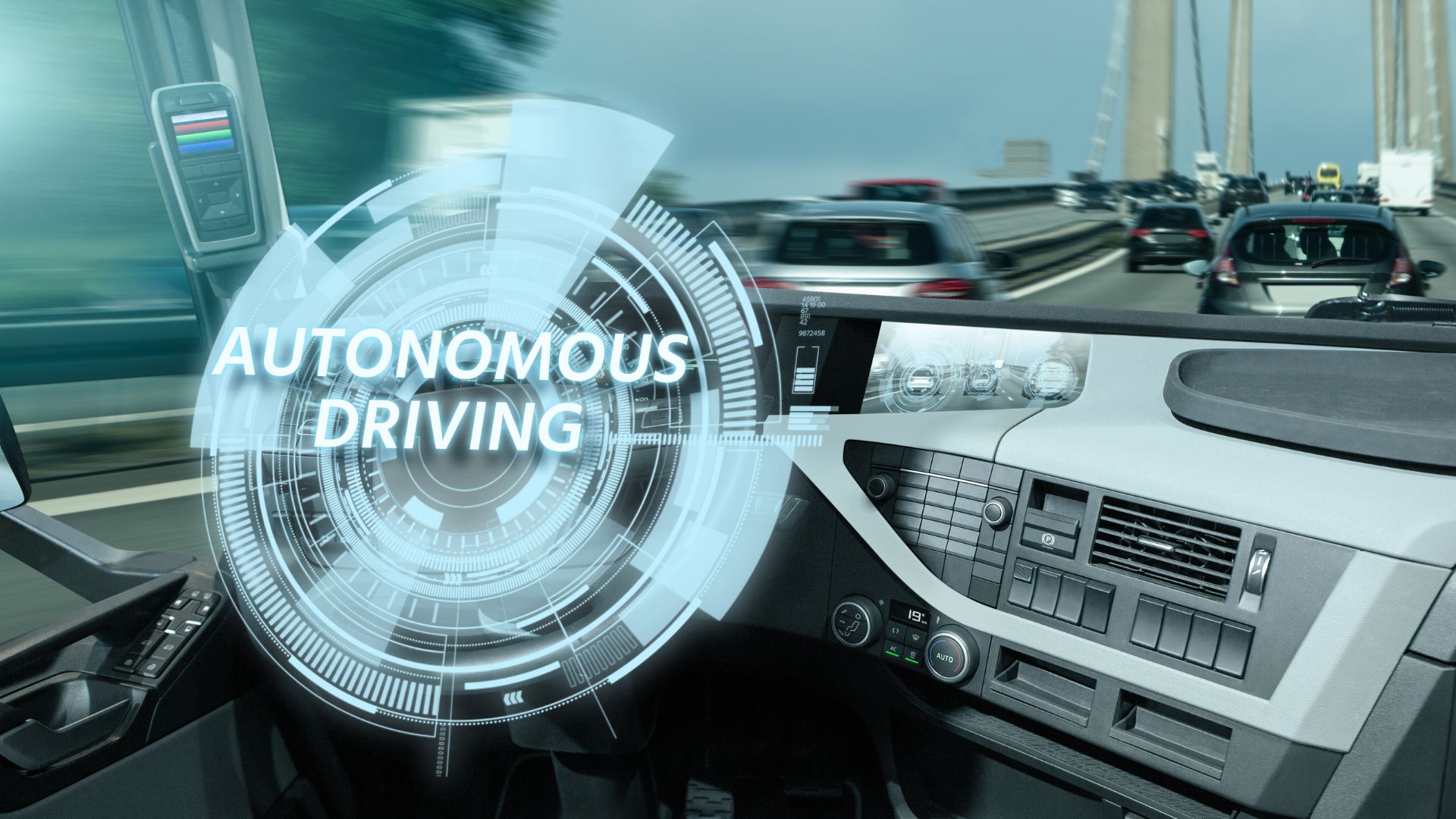When a car with automated or self-driving features collides, lives change in seconds. Trauma, bills, and questions flood in.
In that moment, what matters most is what you collect: the proof, the data, and the real story behind the wreck. In these cases, evidence of self-driving car accidents isn’t just crash photos and skid marks; it’s the invisible code, the software logs, and the system updates.
Here are 7 pieces of evidence you must get as soon as possible if you or someone you love is in a crash involving a “self-driving” or driver-assist car.
1. Vehicle System Logs and Sensor Data
The heart of any autonomous car investigation is the digital record. The system’s logs, sensor readings, radar, lidar, and module data often reveal what decisions the machine made, or failed to make.
Experts agree: the digital “black box” is more important in these cases than witness testimony. Sometimes, these logs are overwritten or lost if the car’s restarted or the battery drains.
Tip: Ask the police or towing company to preserve the vehicle powered or in a state that keeps data intact.
2. Event Data Recorder (EDR)/Crash Data Recorder
Many cars have an Event Data Recorder (EDR) like a “black box” that stores data right before, during, and just after a crash (think speed, throttle, braking, and steering angles).
In self-driving or driver-assist systems, this EDR data can help correlate what the vehicle was doing when the system was active versus what the automated features read.
Tip: Secure the module or at least note where it is, and request a forensic download by experts.
3. Software Versions, Updates, and Change Logs
Automated systems rely on software. Every update, patch, and algorithm change can affect how the car reacts.
In disputes over manufacturer liability, attorneys often demand the version history, software logs, firmware changes, and any patches applied right before or after the crash.
Tip: Preserve any manufacturer notices, recall bulletins, or OTA (over-the-air) update logs tied to that vehicle.
4. Video Recordings: Dashcams, Cameras, and Surround View
Many newer vehicles come with cameras (e.g., forward-facing, rear, side, or internal) that record continuously. Some also have integrated dashcams or driver-facing cameras. These videos can show external conditions like pedestrians and road signs, what the vehicle perceived, and what the driver did or didn’t do.
Even your own smartphone video or dashcam from another car can become critical.
5. Witness Statements and Contact Information
Never discount a human voice. Eyewitnesses who saw the crash start or who saw the car behave oddly before impact are essential.
Capture contact info ASAP. Get statements on what they observed: did the car behave erratically? Did it brake too late? Turn erratically?
Human memory fades fast, so gather names, phone numbers, photo IDs, and exact words while impressions are fresh.
6. Physical and Environmental Evidence
Treat the crash scene like a crime scene. Photograph everything.
- Skid marks, tire scrubs, gouges
- Placement of vehicles, debris, final resting spots
- Road signs, signals, crosswalks
- Weather, lighting, wet spots, potholes
- Construction zones, lane markings
Also collect any physical parts: broken sensors, camera housings, wiring, pieces of bumper, or glass. These help forensic teams reconstruct the moment of impact and what the automated system “saw.”
7. Service Records, Maintenance Logs, and Calibration Reports
Self-driving systems aren’t plug-and-play; they rely on precise calibration. A misaligned sensor or delayed maintenance can cause catastrophic errors.
Get all vehicle service records: when sensors were replaced or calibrated, when software diagnostics ran, and any reports of prior glitches. If a manufacturer issued recalls or software patches for that model, include those too.
Why This Evidence Matters in Georgia
After a crash, insurers and manufacturers will claim driver blame. They’ll say the human should’ve intervened. They’ll point to fine print.
In crashes involving Teslas, Waymo, Cruise, or any autonomous system, the right evidence makes or breaks the case. Beyond standard photos and witness statements, these collisions require technical evidence like EDR downloads, radar and lidar data, sensor diagnostics, and software performance logs.
Our Self Driving Vehicle Accidents page walks through how Cheeley Law Group secures, interprets, and uses that evidence to build a high-stakes liability case. If you want to understand how investigators uncover what the vehicle actually “saw” and why the system failed, you’ll find it there.
The Path to Truth Is Built on Evidence
These seven categories are your guide. The stronger your evidence, the harder it is for powerful companies and insurers to evade blame.
If you or a loved one was hurt in a crash involving driver-assist, autonomous, or self-driving features, don’t wait. The clock is ticking.
You deserve a legal team that understands not just Georgia law, but technology. Reach out. Let’s dig into the data, expose what really went wrong, and fight for accountability.

